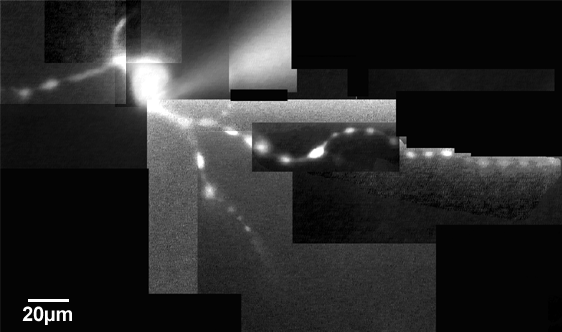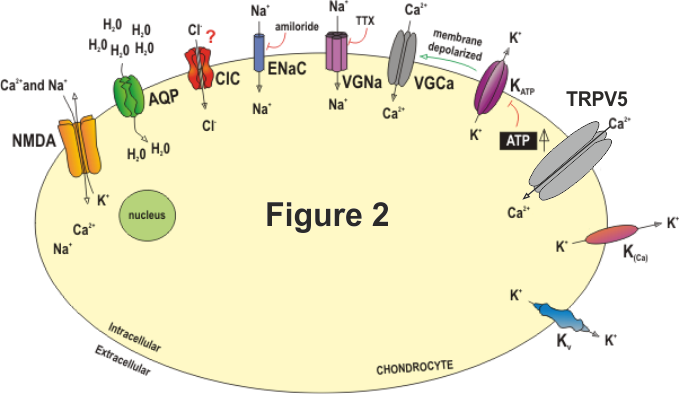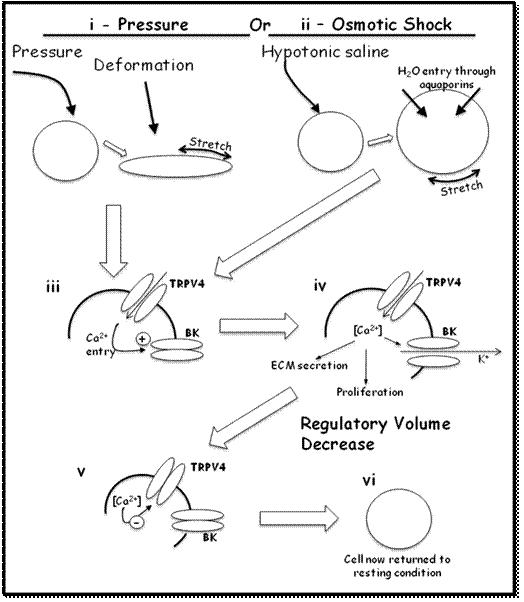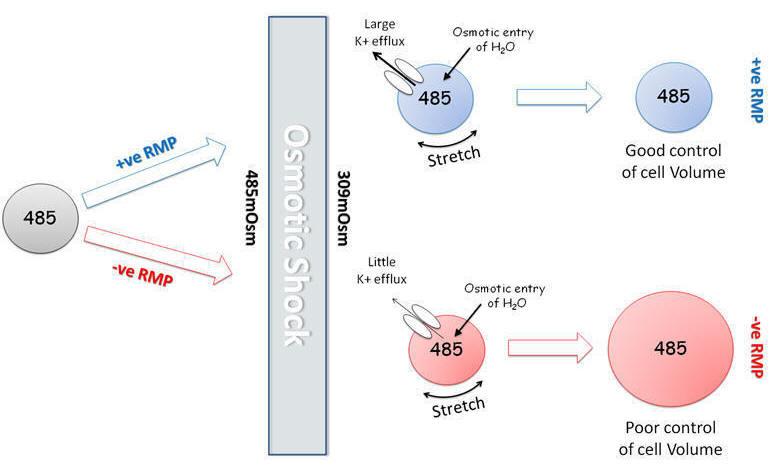Richard Barrett-Jolley’s
University of Liverpool
Legacy site:
(Institute of
Official University Home Page Here)
Research Homepage
Yes, I pontificate
regularly with Twitter: Follow @RichardBJ1
OR… more recently On
Flickr,
Or on Threads RichardBJ1
for my own use really Or on ECG Viewer written with Neurokit2 Ion
Channels in health and disease (1) How
the head rules the heart!! (2) The Matrix
Revolution: Meet the ion channels: Next is the overall scheme, lots of this
comes from Guilak. Nuki, Salter,
Stockwell and Wright and showed many years ago (early mid 1990’s) that the
membrane potential of chondrocytes is way more positive than “normal” cells,
but many others have since suggested that this is not the case. We find similar to the original work by Nuki, Salter, Stockwell and Wright. Below is why the
(relatively) positive membrane potential is so important. How did people miss this for so long!? (At review; one reviewer said this is
nonsense, the other said this is obvious!
That’s the thrill of science!!).
Please cite Lewis
et al 2011 if you use this. PhD
places? Projects are as above: Ion Channel function in connection with
cardiovascular control and musculo-skeletal system. Otherwise, if you are interested in PhD opportunities and if you
have your own funding (BIG catch), let us know! Teaching Vet Students: Sorry, I keep most stuff locked up under VITAL, for
registered students only! Techniques Single-channel and whole-cell patch-clamp electrophysiology. We use this software. Heart Rate variability and frequency analysis Bioinformatic analysis of transcriptomic data Mathematical modelling of cell function. Deep Learning. Bayesian Modelling Funding BBSRC,
IMB, MRC. RBJ is a
Chair/Full Professor at Liverpool University. J Question: Why the British Heart Foundation (BHF) interest? Answer: For very good reasons. The head really does rule the heart!
Several neural outputs
from the brain (largely the medulla)
project to the heart and blood vessels. These neural pathways control or
influence the normal and pathophysiological
behaviour of the circulatory system. Disturbances of this control can result in
diseases of the cardiovascular
system, such as hypertension.
Less commonly known is another group of neurones which project from the hypothalamus (specifically
the PVN) directly to sympathetic
pre-ganglionic neurones in the spinal cord (e.g., neurones which modulate
the cardiovascular system). Our belief is that sudden stress could result in the
activation of these neurones, with potentially, serious consequences. This BHF
funded project is looking into the cellular mechanisms by
which chemical
stress factors could activate these neural pathways. When we understand how
and why these neurones become active, we can think about how we could intervene
to allow normal activity, but prevent abnormal, and dangerous activation of
this pathway. Most
Please search the regular database for publications. If you use Web of Science you have to use: “Barrett-jol* OR barrettjol*” My main Faculty Duty here is as Senior Tutor. Contact RBJ@liv.ac.uk © The
University of Liverpool "Meet
the Scientists" Final Report I am
also now Chair of the Physiological
Society’s Benevolent (Hardship) Fund. <  Research Interests
Research Interests
Mathematically
modelling central cardiovascular control, with various techniques including
Heart Rate Variability Analysis (HRV), Bayesian statistics and Deep Learning In vitro studies of the properties and modulation of ion channel currents in the PVN, especially those of neurones involved with
the cardiovascular response to psychological stress, temperature circadian
rhythm and osmolarity. For a very general explanation, see below. This is important for both
human and veterinary medicine.
I also have a few projects running on the very
peculiar pharmacology of chondrocytes.
What are all their ion channels for (!?), are they involved with the
pathogenesis of arthritis? We find that
the ion channels of chondrocytes have two linked functions in the control of
cellular volume: (a) they act as “osmolyte” channels as proposed by others many
years ago (Bush,
Hall,
Wilkins,
Ellory and
others (sorry if I misquote)). (b) They
(naturally) set
the membrane potential, which is, in turn, vital to the control of volume (see
below). We think pharmacological control of chondrocyte volume could be
important for modifying the progression of OA.
Watch this space!


A PhD place for home UK/EU
students is currently available.
Please feel free to contact me!
R B J @ L I V . A C . U K
Except for a few links.
Last
modified 24 October 2013 11:19:22 +0100